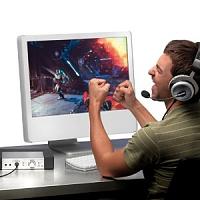Bose QC15 vs ProEars Predator Gold Edition
-
Topics
-
berrypancake ·
Posted in Phones and Tablets0 -
Virtex ·
Posted in Power Supplies6 -
0
-
0
-
Ozzieh_man ·
Posted in Cooling2 -
3
-
12345678 ·
Posted in Programs, Apps and Websites1 -
Soapy1234 ·
Posted in Peripherals6 -
4
-
0
-
-
play_circle_filled

Latest From ShortCircuit:
The World's Fastest CPU (Technically...) - Intel i9-14900KS













Create an account or sign in to comment
You need to be a member in order to leave a comment
Create an account
Sign up for a new account in our community. It's easy!
Register a new accountSign in
Already have an account? Sign in here.
Sign In Now